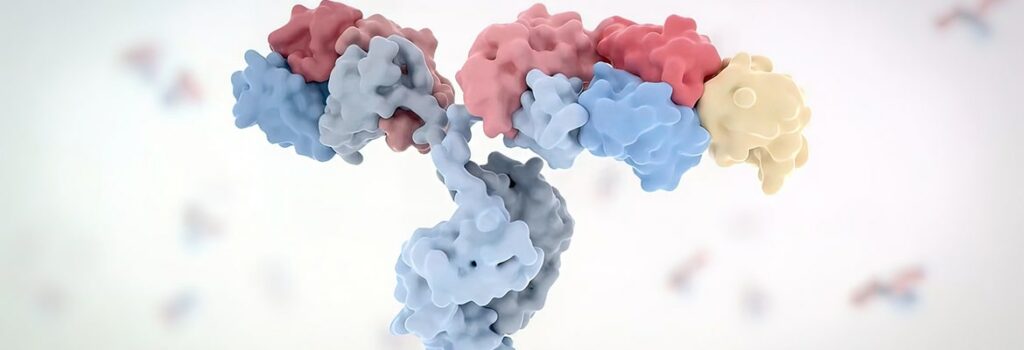Anti-PTM antibodies warrant further investigation as markers for neuropsychiatric SLE
By Claire Barnard, medwireNews Reporter
People with systemic lupus erythematosus (SLE) are more likely to have autoantibodies against post-translationally modified (PTM) proteins than healthy controls, and these antibodies are associated with neuropsychiatric manifestations, researchers report in RMD Open.
Leendert Trouw and colleagues, from Leiden University Medical Center in the Netherlands, measured titres of immunoglobulin G antibodies against six different PTMs – malondialdehyde–acetaldehyde adducts (MAA), advanced glycation end-products (AGE), carbamylation (CarP), citrullination, acetylation and nitration – in 349 individuals with SLE attending a neuropsychiatric lupus clinic and 108 healthy controls.
These PTMs were “selected based on their association with activity in other diseases and variation in location in the protein, configuration and reversibility”, says the team.
Rates of positivity for three of the anti-PTM antibodies were significantly higher among SLE patients versus controls, at 29% versus 3% for anti-MAA, 18% versus 4% for anti-AGE and 14% versus 5% for anti-CarP. Anti-PTM antibody reactivity was measured using enzyme-linked immunosorbent assays, and positivity was defined as values greater than two standard deviations above the mean value in the control group.
“As only three out of six tested anti-PTMs showed increased reactivity, a specific induction process is implied”, remark the researchers. They note that anti-MAA and anti-AGE antibodies also correlated with measures of systemic inflammation and disease activity.
Trouw and colleagues then categorized SLE patients according to whether or not they had major neuropsychiatric SLE, defined as neuropsychiatric symptoms attributed to SLE by multidisciplinary consensus that required immunosuppressive or anticoagulant treatment.
The 104 people with major neuropsychiatric SLE were significantly more likely to have anti-MAA or anti-CarP positivity than the 245 without, at rates of 39% versus 24% and 20% versus 11%, respectively. Rates of anti-AGE positivity were numerically, but not significantly, higher in the major neuropsychiatric SLE group.
When objective measures of nervous system involvement were used, both anti-MAA and anti-AGE antibodies were significantly associated with white matter volume and total brain volume, while anti-CarP antibodies correlated with white matter hyperintensity volume.
These findings suggest that anti-PTM antibodies represent “potential candidate” biomarkers for neuropsychiatric SLE, “a manifestation for which no biomarkers exist”, says the team.
Conversely, the authors found no significant differences in rates of anti-PTM antibody positivity according to other SLE manifestations, specifically arthritis and active nephritis. However, they caution that because the study population was “part of a tertiary referral for [neuropsychiatric] SLE, other clinical subsets (such as arthritis) are less prevalent.” A total of 17 patients in the study cohort had arthritis, while 85 had active nephritis.
“[A]dditional studies need to be performed to determine the discriminative value of anti-PTM in different clinical settings, such as the outpatient clinic of a non-academic hospital”, write Trouw et al.
News stories are provided by medwireNews, which is an independent medical news service provided by Springer Healthcare Ltd. © 2022 Springer Healthcare Ltd, part of the Springer Nature Group
RMD Open 2022; 8: e002079

